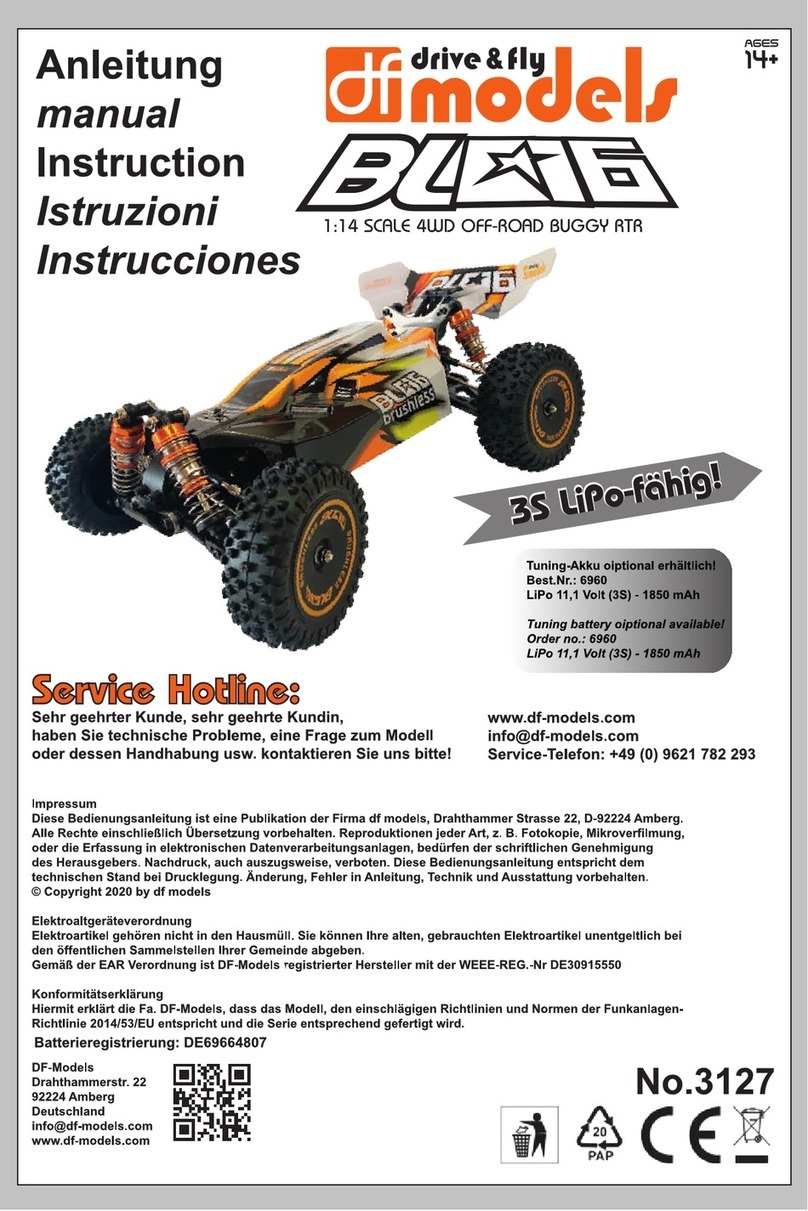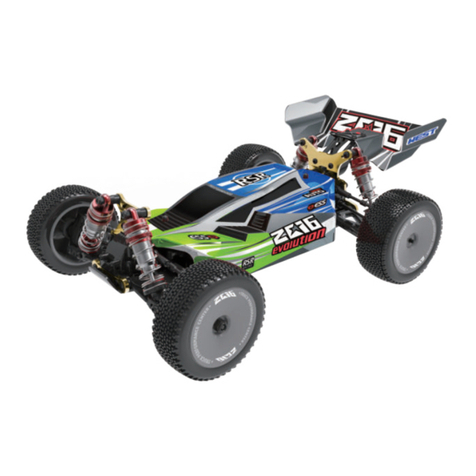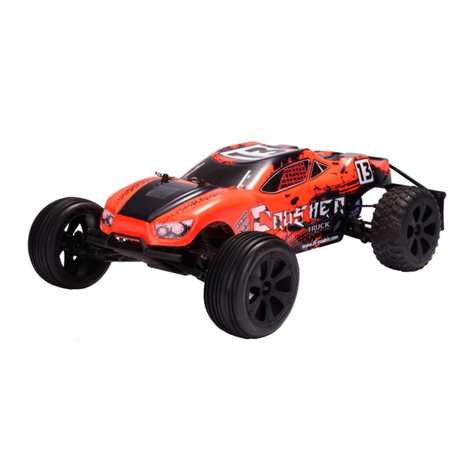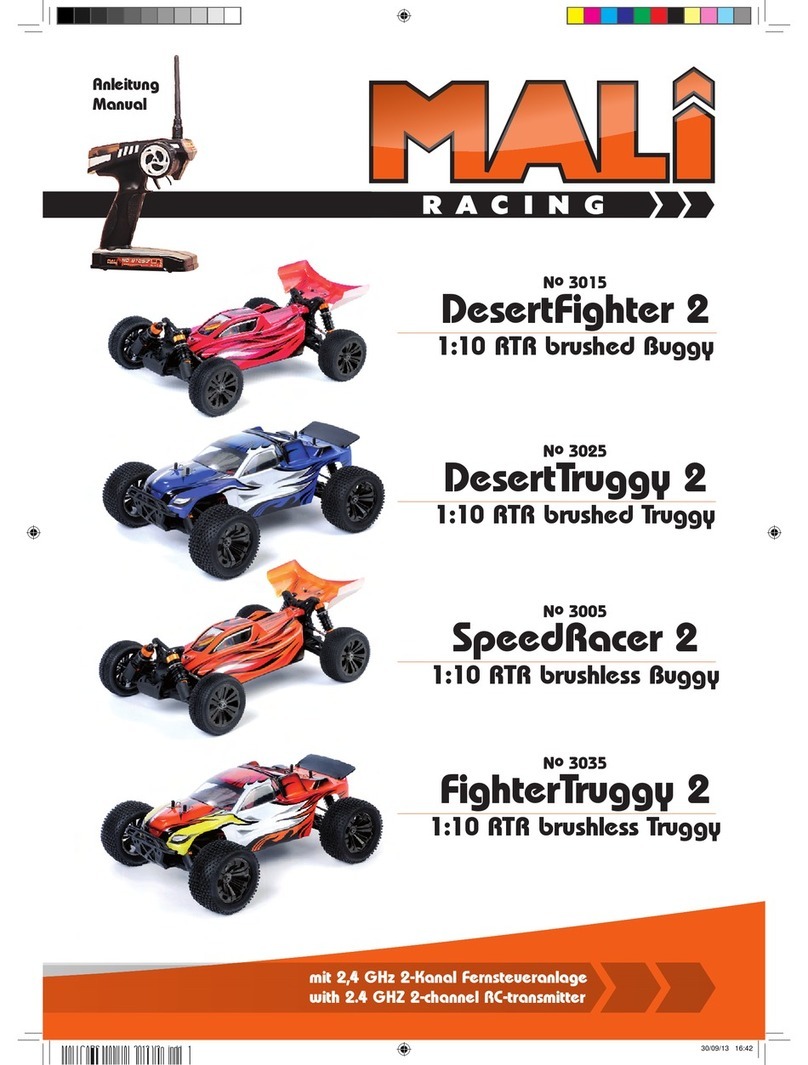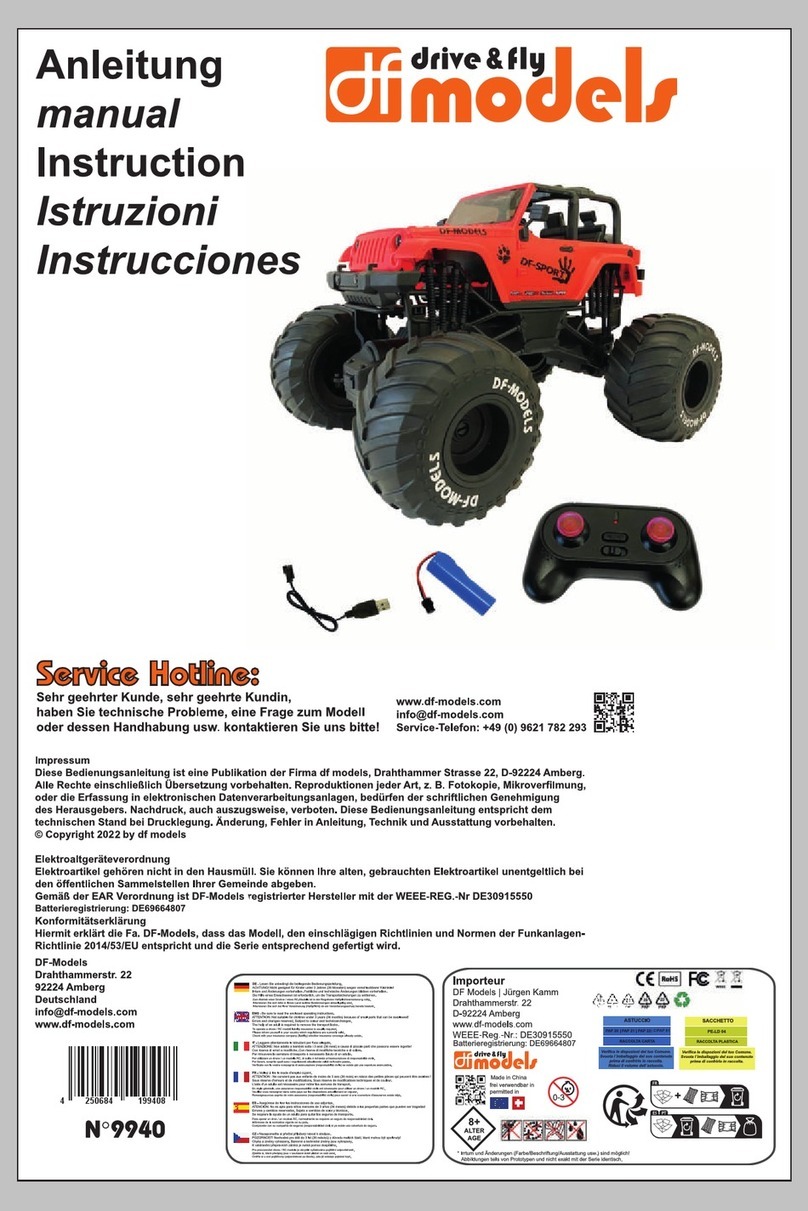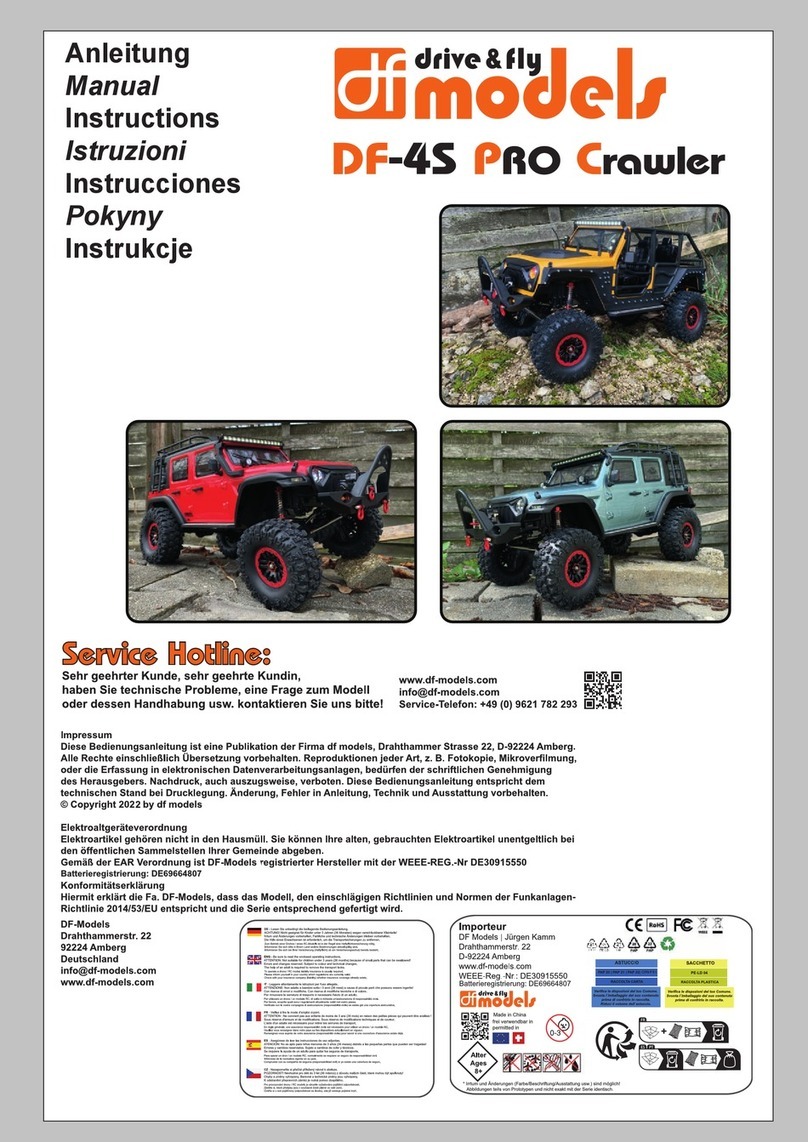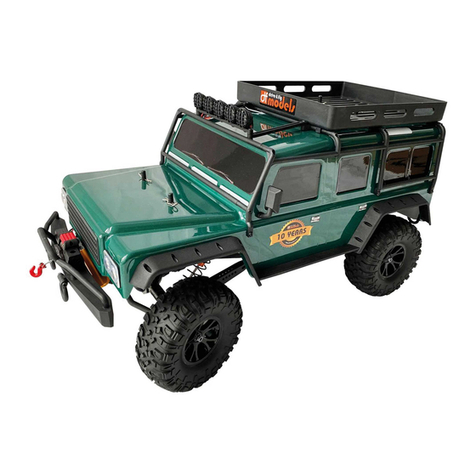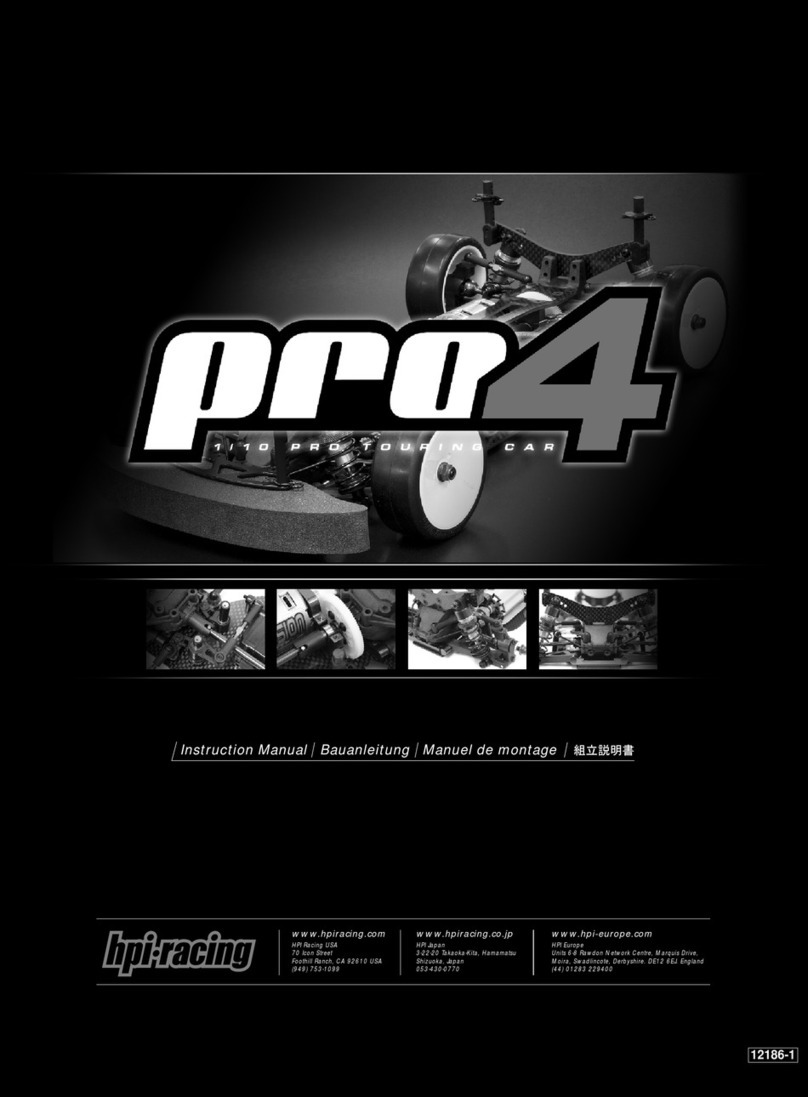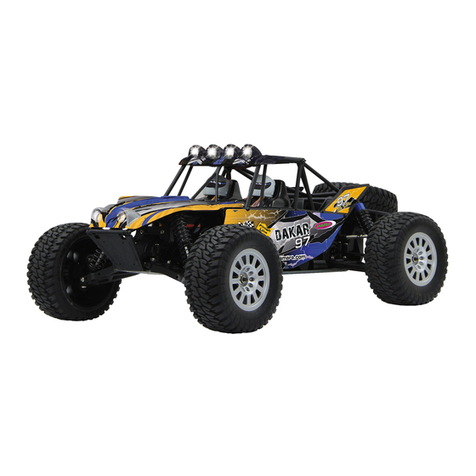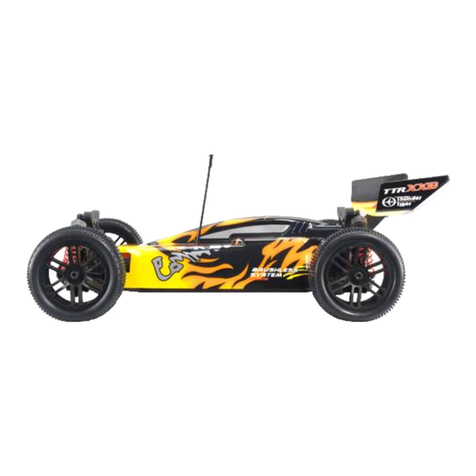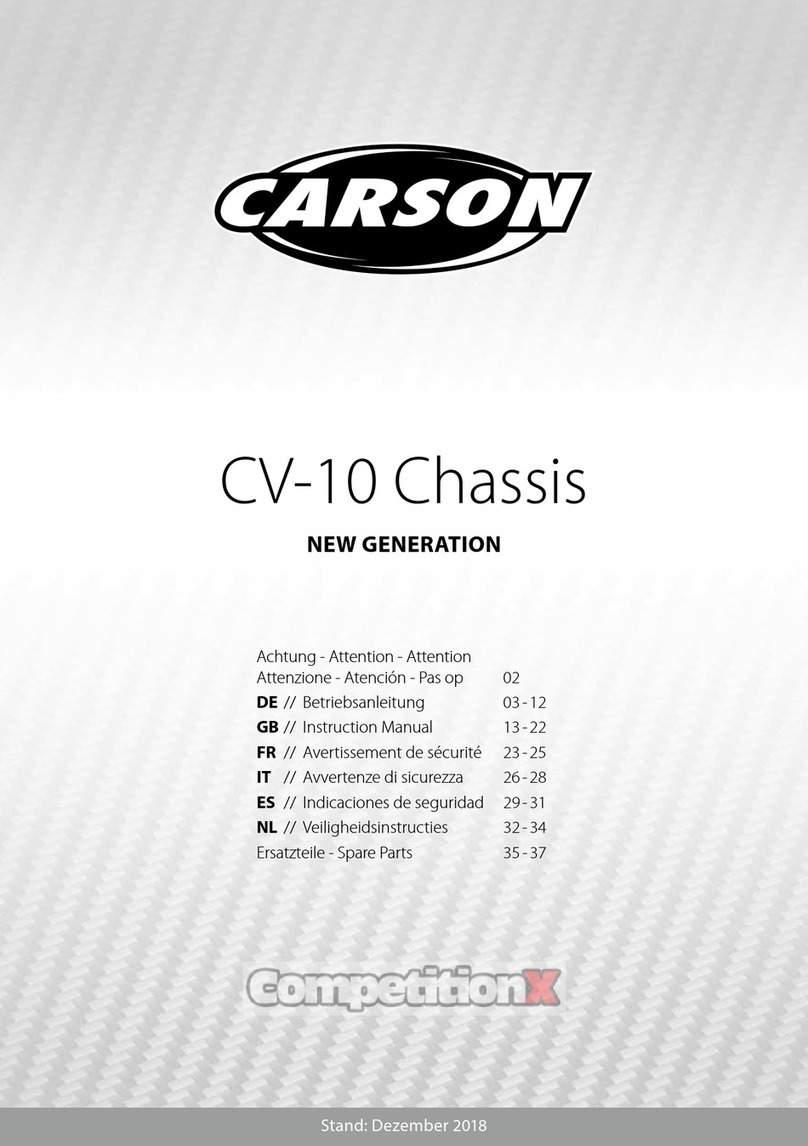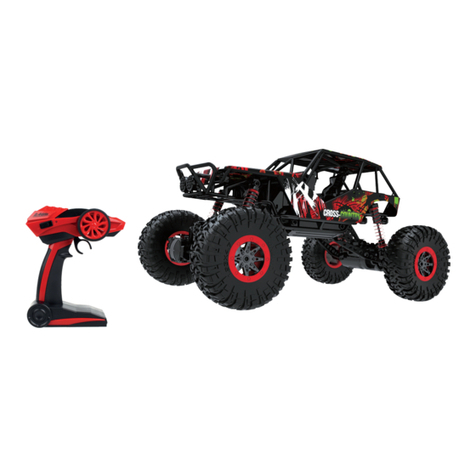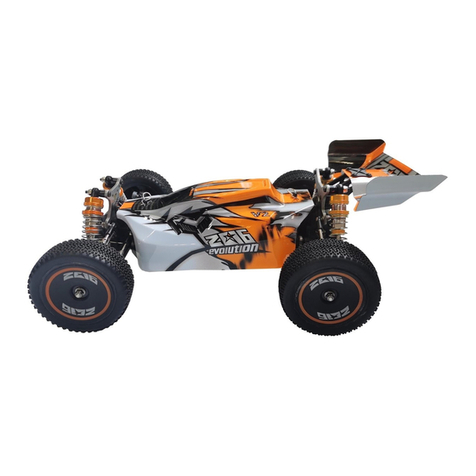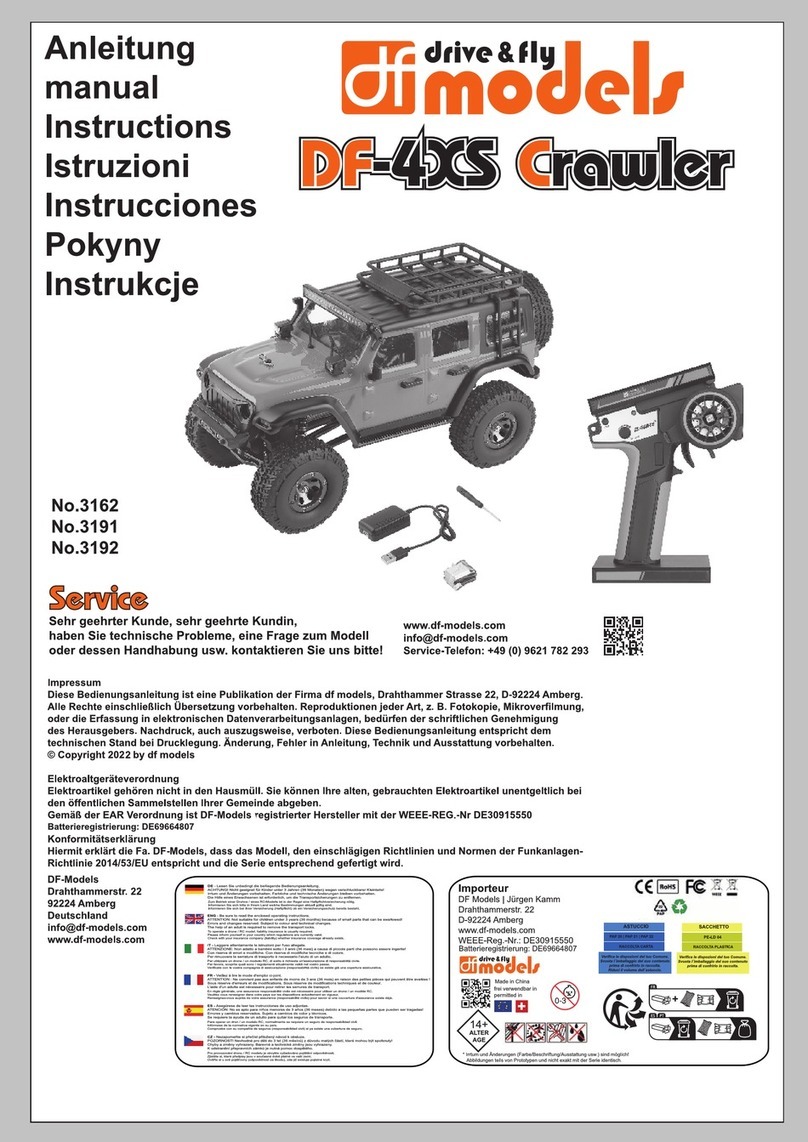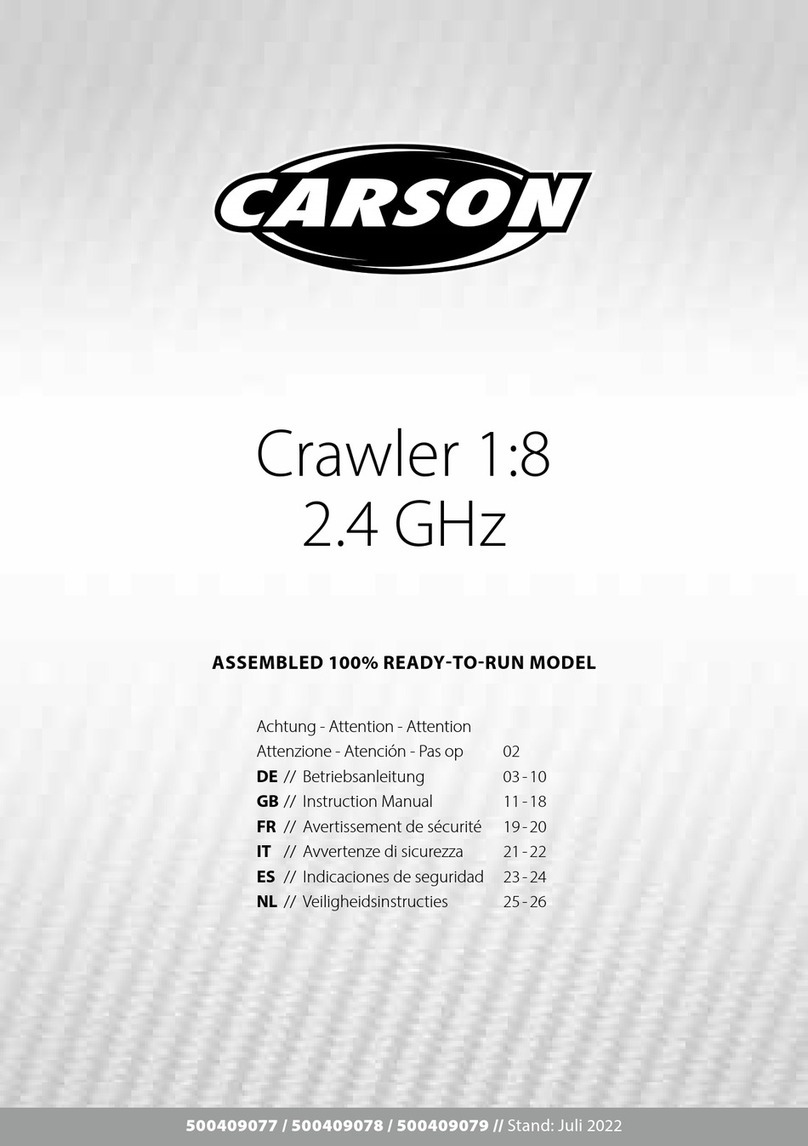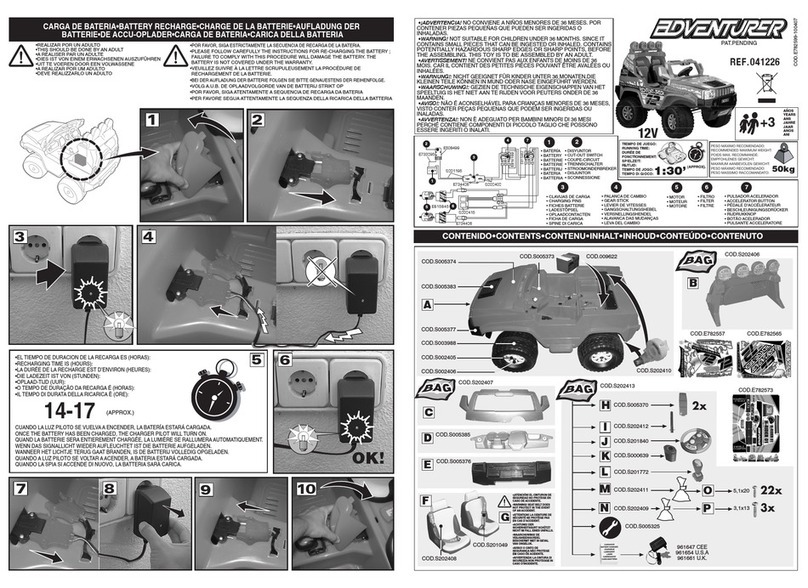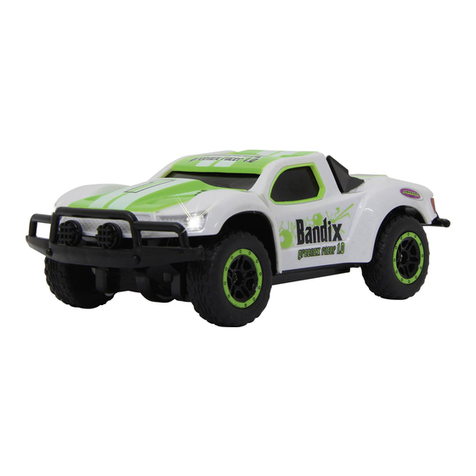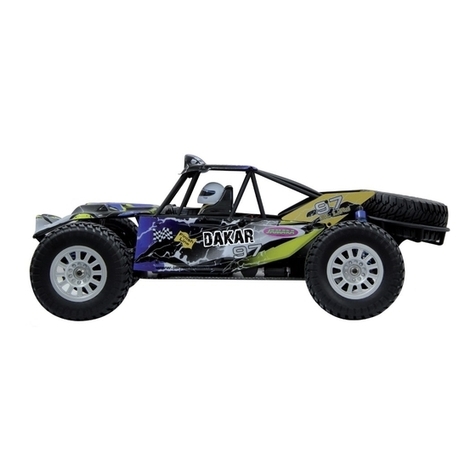
Note per batterie e batterie ricaricabili
Tenere le batterie fuori dalla portata dei bambini e degli animali domestici che potrebbero accidentalmente ingoiare le batterie. In
questo caso, consultare immediatamente un medico!
La perdita o il danneggiamento delle batterie può causare ustioni se toccate. Se la pelle
o gli occhi vengono a contatto con l'elettrolita, sciacquare immediatamente e abbondantemente con acqua pulita.
e vedere un dottore. Utilizzare guanti protettivi adeguati per lo smaltimento del prodotto difettoso.
Batterie. Se si notano odori anomali, scolorimento, eccessivo riscaldamento o deformazione della batteria, scollegare immediata-
mente la batteria dal caricabatterie o dall'utenza. Smaltire la batteria!
Le batterie alcaline convenzionali (1,5V) sono monouso e devono essere smaltite correttamente. Smaltire le batterie scariche o le
batterie ricaricabili difettose in modo ecologico presso i punti di raccolta autorizzati. È vietato smaltirli con i rifiuti domestici!
Le batterie non devono diventare umide o bagnate. Evitare anche la formazione di acqua di condensa. Non esporre mai le
batterie/batterie ricaricabili, il caricabatterie e l'aeromodello a condizioni ambientali avverse (ad es. umidità, temperatura ambien-
te troppo alta o bassa, fonti di accensione o fuoco aperto, polvere, vapori, solventi)! Evitare lo sporco pesante e le sollecitazioni
meccaniche eccessive sulla batteria e non tirare mai i cavi di collegamento! Non mischiare mai batterie e batterie ricaricabili
contemporaneamente in un unico apparecchio! Se non vengono utilizzate batterie nuove per alimentare il trasmettitore, assicur-
arsi che ci sia una capacità residua sufficiente (tester di batterie). Sostituire sempre il set completo di batterie, non solo le
singole celle. Utilizzare sempre batterie dello stesso tipo e dello stesso produttore. Non mescolare le batterie con livelli di carica
diversi. Accertarsi che la polarità sia corretta quando si inseriscono le batterie nel portabatterie. Se la polarità non è corretta, non
solo il modello, ma anche la batteria sarà danneggiata. Le batterie non devono mai essere cortocircuitate, danneggiate, smontate
o gettate nel fuoco aperto. Pericolo di incendio ed esplosione!
Se la batteria si scalda, scollegarla immediatamente dal caricabatterie! Se il modello non viene utilizzato per un periodo di tempo
prolungato, rimuovere le batterie o le batterie ricaricabili dal telecomando e dal modello per evitare danni dovuti a perdite o
scariche profonde.
Mezzi di estinzione: in caso di incendio, deve essere estinto con acqua nebulizzata, anidride carbonica o polvere/schiuma
estinguente. Il getto d'acqua pieno non è adatto allo spegnimento. Si raccomanda in particolare l'uso di un estintore con agente
estinguente AVD.
Smaltimento
Al termine della sua vita utile, smaltire il prodotto secondo le norme vigenti.
disposizioni di legge (non smaltire insieme ai rifiuti domestici).
L'utente finale è obbligato per legge (regolamento sulle batterie) a restituire tutte le batterie e gli accumulatori usati.
Lo smaltimento tramite i rifiuti domestici è vietato! I simboli accanto si riferiscono al divieto di smaltimento dei rifiuti domestici.
Le batterie contenenti sostanze nocive sono inoltre contrassegnate con la designazione del metallo pesante decisivo: Cd=Cad-
mio, Hg=Mercurio, Pb=Capo (il nome appare sulla batteria/batteria ricaricabile, ad esempio sotto i simboli dei bidoni della
spazzatura mostrati a sinistra). È possibile restituire gratuitamente le batterie esauste/batterie ricaricabili presso i punti di
raccolta del proprio comune di residenza o nei punti vendita di batterie/batterie ricaricabili. In questo modo, adempite ai vostri
obblighi di legge e date il vostro contributo alla protezione dell'ambiente.
Instrucciones para los acumuladores y las baterías
Mantenga las pilas fuera del alcance de los niños y los animales domésticos, ya que pueden tragárselas accidentalmente. ¡En
este caso, consulte a un médico inmediatamente!
Las baterías/acumuladores con fugas o dañados pueden causar quemaduras por contacto. Si la piel
o los ojos entran en contacto con el electrolito, inmediatamente enjuague la zona a fondo con agua limpia
y ver a un médico. Utilice guantes protectores adecuados al deshacerse de los productos defectuosos.
Baterías. Si nota alguna anomalía como el olor, la decoloración, el calentamiento excesivo o la deformación de la batería,
desconecte inmediatamente la batería del cargador o de la carga. ¡Deshazte de la batería!
Las pilas alcalinas convencionales (1,5 V) están destinadas a un solo uso y deben ser eliminadas adecuadamente después.
Deshágase de las baterías vacías o de las baterías recargables defectuosas de forma respetuosa con el medio ambiente en los
puntos de recogida autorizados. ¡La eliminación con la basura doméstica está prohibida!
Las baterías no deben mojarse ni humedecerse. También evita la formación de agua de condensación. No exponga nunca las
baterías/acumuladores, el cargador y el modelo a condiciones ambientales adversas (por ejemplo, humedad, temperatura
ambiente excesivamente alta o baja, fuentes de ignición o fuego abierto, polvo, vapores, disolventes)! También evita la suciedad
pesada y la excesiva tensión mecánica en la batería y nunca tire de los cables de conexión! ¡Nunca mezcles pilas y baterías
recargables en un aparato al mismo tiempo! Si no se utilizan pilas nuevas para suministrar energía al transmisor, asegúrese de
que haya suficiente capacidad restante (comprobador de pilas). Siempre reemplace el juego completo de baterías, no sólo las
celdas individuales. Utilice siempre baterías o pilas recargables del mismo tipo y fabricante. No mezcle baterías con diferentes
niveles de carga. Al insertar las pilas o baterías recargables en el portapilas, asegúrese de que la polaridad sea la correcta. La
polaridad incorrecta dañará no sólo su modelo sino también la batería. Las baterías/baterías recargables nunca deben ser
cortocircuitadas, dañadas, desmontadas o arrojadas al fuego. ¡Hay riesgo de incendio y explosión!
Si la batería se calienta mucho, desconecte el cargador inmediatamente. Si no se va a utilizar el modelo durante un período de
tiempo prolongado, retire las pilas o baterías recargables insertadas del mando a distancia y del modelo para evitar daños por
fugas / baterías profundamente descargadas / baterías recargables.
Medios de extinción: En caso de incendio, éste debe ser extinguido con agua pulverizada, dióxido de carbono o polvo/espuma
de extinción. El chorro de agua completo no es adecuado para la extinción. Se recomienda especialmente el uso de un extintor
de incendios con agente extintor AVD.
Eliminación
Deshágase del producto al final de su vida útil de acuerdo con las
reglamentos legales (No desechar en la basura doméstica).
Usted como usuario final está legalmente obligado (regulación de la batería) a devolver todas las baterías y acumuladores
usados
la eliminación con la basura doméstica está prohibida! Los símbolos adyacentes indican que la eliminación con los desechos
domésticos está prohibida. Las baterías/acumuladores que contienen sustancias nocivas están marcados adicionalmente con
las designaciones del metal pesado decisivo: Cd=Cadmio, Hg=Mercurio, Pb=Plomo (la designación está en la batería/acumu-
lador, por ejemplo, debajo de los símbolos del cubo de basura que se muestran a la izquierda). Puede devolver las pilas o
baterías recargables usadas sin cargo alguno en los puntos de recogida de su municipio o en cualquier lugar donde se vendan
pilas o baterías recargables. De esta manera usted cumple con sus obligaciones legales y contribuye a la protección del medio
ambiente.




















